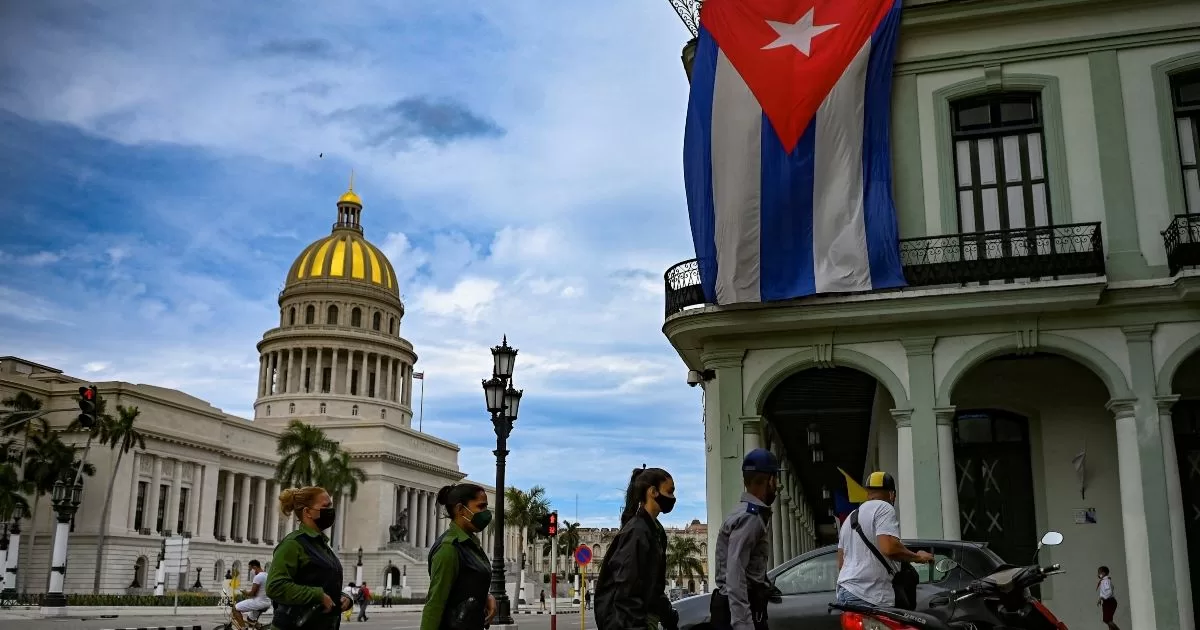In the past day the American dollar was listed at closing at 3.66 soles on averagewhich implied a change of 0.99% compared to the 3.69 soles on average of the previous session.
In relation to the last week, the American dollar records a decrease of 1.57%so that from a year ago there is still a decrease in the 1.64%.
Regarding the changes of this day with respect to previous days, it accumulated four successive sessions in negative digits. In the last week, the volatility was lower than that accumulated in the last year, therefore its price is presenting fewer changes than usual in recent times.
The sol is the legal tender in Peru since 1991 and replaced the inti, which circulated between 1985 and 1991, at first it was also called “nuevo sol” to differentiate it from its predecessor, but by 2015 it was called only sol.
The rise of the new sun is understood after the world crisis of 1929, which led to a deep economic and currency crisis to the country, as well as the creation of the Central Reserve Bank of Peru. It was during the first year of Alberto Fujimori’s government that the nuevo sol was promoted to balance hyperinflation and reorganize the economy.
After it entered into force, one sol was equivalent to one million intis or one thousand million “old” soles; currently the currency is divided into 100 cents and its issuance is regulated by the Central Reserve Bank of Peru.
At present, coins of 10, 20, 50 cents, 1, 2 and 5 soles and bills of 10, 20, 50, 100 and 200 soles are in circulation. Before, 1 cent coins were also minted, but these were withdrawn from circulation in May 2011, while in January 2019 the 5 cent coins went out of circulation.
On the other hand, the exchange parity with respect to the dollar and the euro is set daily by the agency in charge. It should be noted that since 2014 the Peruvian currency is depreciating.
2022 ended in a turbulent way for the Peruvian economy and among the main concerns or challenges for 2023 is high inflation, low private investment and the continuous increase in interest rates.
Although last year all economic activities that had been affected by the coronavirus pandemic were restarted, recovery has shown slow progress due to the crisis that is still experienced in Peruvian homes.
In addition, in its latest report the National Institute of Statistics and Informatics (INEI) announced that poverty increased in the last three years and it probably cannot be reduced this year due to the impact of higher inflation.
With a political crisis in between, 2023 looks to be a challenging year on the economic issue, however, the latest estimate from the Economic Commission for Latin America (Cepal) Peru could grow up to 2.2 percent.

